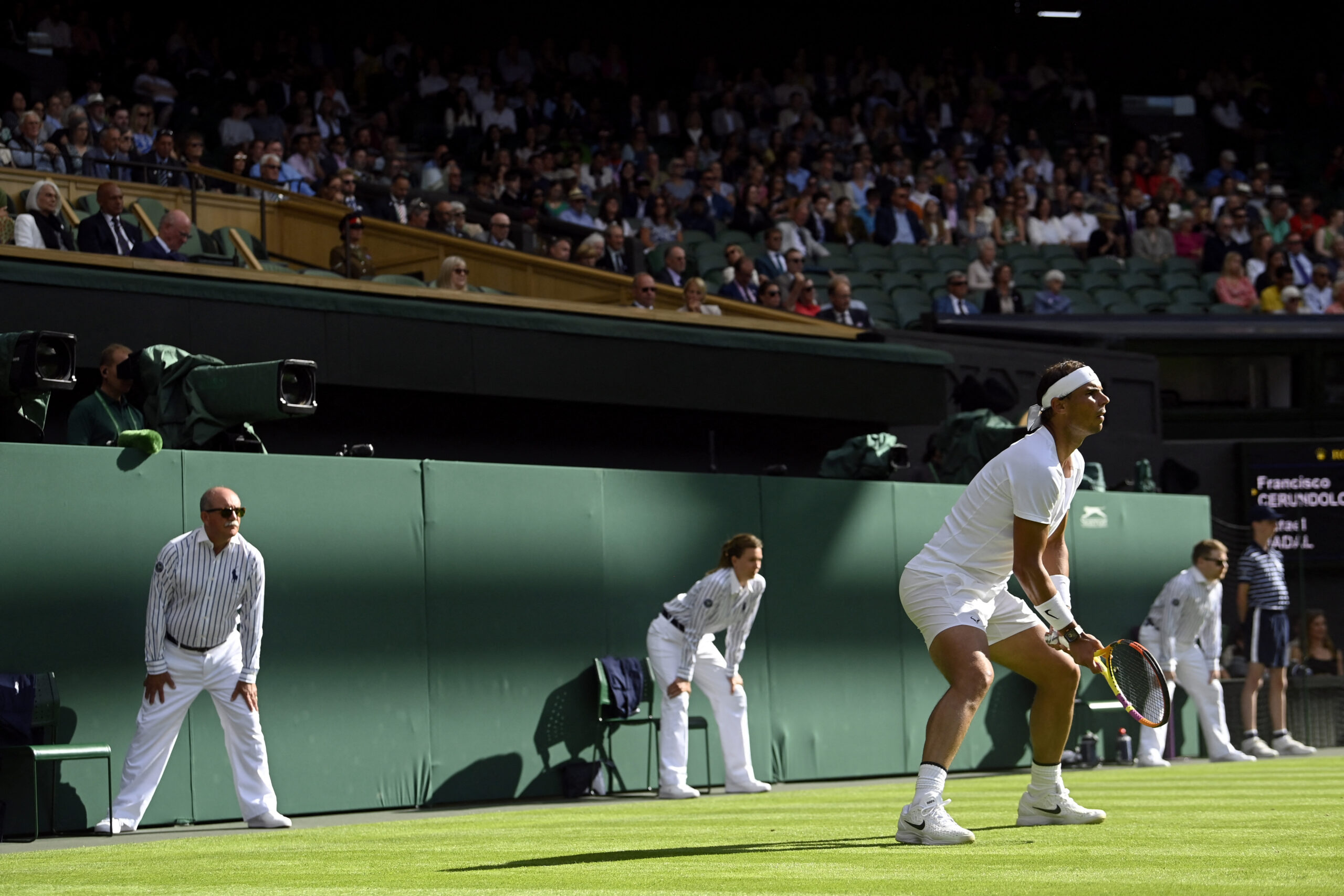
Get out! It’s time for computer judges at Wimbledon instead of line judges
Next year, electronic line calling will be used instead of line judges at Wimbledon instead of the traditional way of doing things, the All England Club announced on Wednesday.
Line judges who are always well-dressed have been standing or sitting at the sides and back of the grass courts at the Grand Slam for 147 years.
Electronic line calling was first tried out at the 2017 ATP Next Gen Finals in Milan. During the COVID-19 pandemic, it became more common. From 2025 on, it will be used on all ATP Tour courts.
Electronic calling has already taken the place of line judges at the Australian Open and the U.S. Open. However, the French Open still uses human eyes.
The qualifying event will also use the Hawk Eye Live Electronic Line Calling (Live ELC), according to Wimbledon.
“Having reviewed the results of the testing undertaken at The Championships this year, we consider the technology to be sufficiently robust and the time is right to take this important step in seeking maximum accuracy in our officiating,” Sally Bolton, AELTC chief executive, said in a statement.
“For the players, it will offer them the same conditions they have played under at a number of other events on tour.”
Traditionalists will be saddened by the decision, but players will like it. It will also likely mean the end of the famously heated arguments over line calls at Wimbledon, which started when past champion John McEnroe yelled at the officials.
It will also be the end of the Hawk Eye challenges, which let players ask for a video review of a close call. Fans also liked this tool.
Chair judges will stay on.
“We take our responsibility to balance tradition and innovation at Wimbledon very seriously,” Bolton told us. “Line umpires have played a central role in our officiating at The Championships for many decades and we recognize their valuable contribution and thank them for their commitment and service.”
People think that the electronic system is more accurate than human line judges, who often have to duck for cover to avoid getting hit by a 100 mph serve. The system replies within a tenth of a second of the ball landing.
A simple “out” or “fault” call from a machine will now be the end of line calls.
The women’s and men’s singles finals on the second Saturday and Sunday will start later, at 1600 local time, after the men’s and women’s pairs finals. This is another change for the 138th Wimbledon.
“The doubles players competing in the finals will have increased certainty over their schedule and fans will enjoy each day’s play as it builds towards the crescendo of the ladies’ and gentlemen’s singles finals with our champions being crowned in front of the largest possible worldwide audience,” said Bolton.
All Categories
Recent Posts
Tags
+13162306000
zoneyetu@yahoo.com



